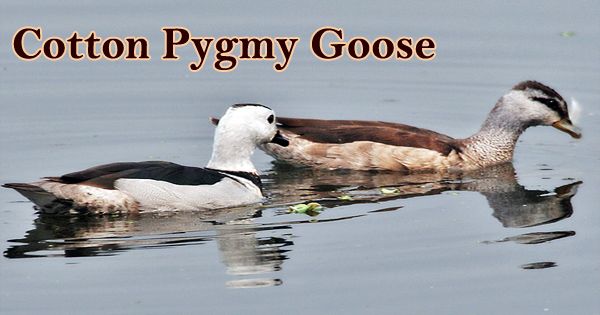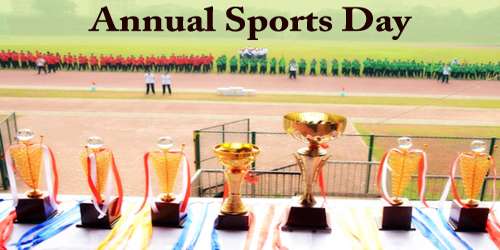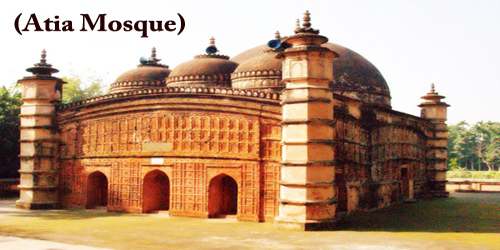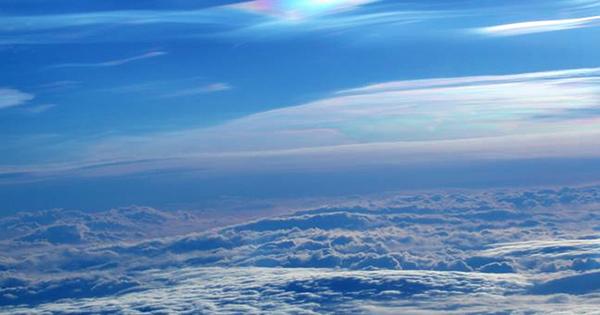A distinctive small species of waterfowl native to much of Asia and along the Queensland coast from Port Douglas down to the Gold Coast is the cotton pygmy goose or cotton teal (Nettapus coromandelianus), also referred to as the Indian pygmy goose. They are among the smallest waterfowl in the world and are associated with healthy aquatic vegetation in small to large water bodies. They are commonly seen in pairs, roosting and nesting on trees near water, or larger groups of pairs. The smallest waterfowl on earth are small individuals of this genus, at as little as 160 g (5.6 oz) and 26 cm (10 in). Birds are sexually dimorphic, with males being slightly more boldly-plumaged than females; in all plumages, birds are unique and readily separable from any other local ducks, while superficially similar is the potentially vagrant Green Pygmy-Goose. At the root, the goose-like bill is short and deep. Found on all still freshwater lakes (jheels), ditches full of rain, paddy fields flooded, irrigation reservoirs, etc. On village tanks, wherever it is unmolested and has become inured to human closeness, it becomes very tame. Swift on the wing, and on occasion, they can dive credibly. At the base of the neck, males have a dark brown forehead and crown and a broad blackish-green collar. The sides of their neck and head are whitish. With green and purple gloss, the back, wing coverts, and scapulars are dark brown. Through the eye, the female has a duller cap and a brown line. The collar is replaced with spots and, unlike the male, the face is flecked and the neck finely vermiculated. The male non-breeding or eclipse resembles the female except that the white wing band is wider.
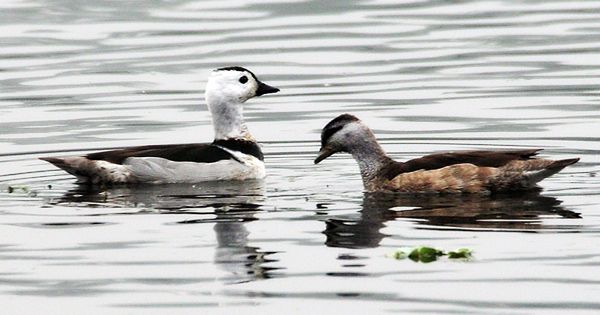
The male has dark wings during flight, with white flight feathers tipped in black. The female has dark wings and the secondaries and a few inner primaries have a white trailing edge. They have a red iris with black legs (in breeding males, greenish) and a bill. Seeds and vegetable matter, particularly water lilies, are mainly its food; also insects, crustaceans, etc. The season for nesting is from July to September. Its nest is a natural hollow, often lined with grass, rubbish, and feathers, in a tree-trunk standing in or near water. It lays 6 to 12 ivory white eggs. There are white superciliary stripes of Downy chicks which meet at the back of the blackhead. On the white face, a brief dark eye line is present. The collar is grey on the upper side. The mantle is gray-brown and the scapulars have two white patches. The tail is dark grey to black. It is buff on the underside. This species has an exceptionally wide range, and thus, under the range size criterion, does not approach the thresholds for Vulnerable. The population pattern tends to be fluctuating, and thus, under the population trend criterion, the species does not approach the thresholds for Vulnerable. In particular, they are found in lakes and ponds with evolving vegetation where they forage. Even in small village ponds in South Asia, they can be found. They are found primarily in lagoons in Australia. It is said they roost on trees.
